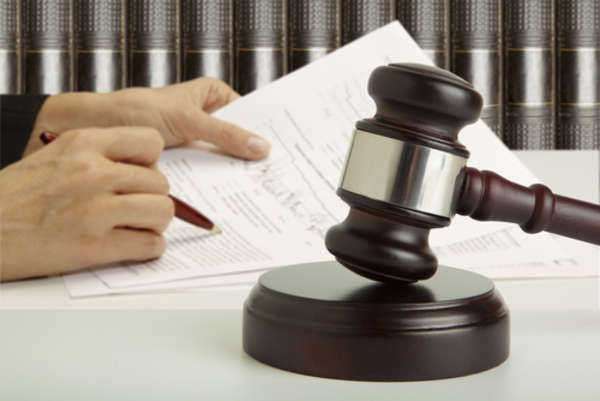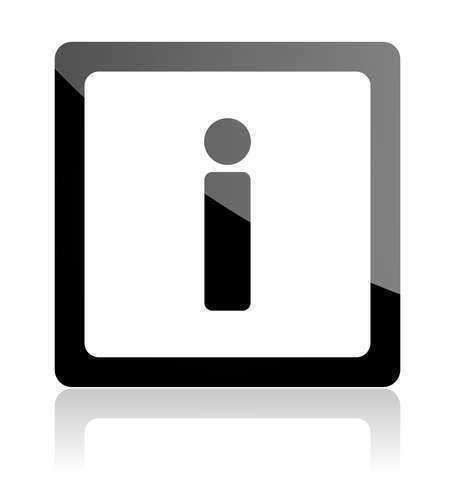
A Full Guide on Bail Bonds
Getting arrested can be a distressing experience, but understanding the bail bond process can make a difficult situation more manageable. Bail bonds play a crucial role in the legal system, allowing individuals accused of a crime to secure their release from jail while awaiting trial. In this comprehensive guide, we’ll delve into the world of bail bonds, breaking down the process step by step and providing valuable insights into how to navigate this often confusing terrain.
What is Bail?
Bail is a monetary amount set by the court as a guarantee that a defendant will return for their scheduled court appearances. It serves as a form of security to ensure that the defendant does not flee before their trial.
>Bail is typically determined during an initial court appearance, known as an arraignment, and its amount can vary widely based on factors like the severity of the alleged crime, the defendant’s criminal history, and the flight risk they may pose.
The Bail Process
The process of securing release through bail involves several key steps:
1. Arrest and Booking
The process begins with the arrest of the defendant, who is then taken into custody. After being arrested, the defendant is booked, which includes recording personal information and details of the alleged crime.
2. Initial Court Appearance
After booking, the defendant is brought before a judge for an initial court appearance. At this stage, the judge sets the bail amount based on the factors mentioned earlier.
3. Payment Options
The defendant, or their family and friends, can choose from various payment options to post bail. These options may include paying the full bail amount in cash or using a bail bond.
4. Bail Bonds
Bail bonds are a common method for securing a defendant’s release. They are provided by bail bondsmen or bail bond agencies. To obtain a bail bond, the defendant or their loved ones typically pay a percentage of the bail amount as a fee to the bondsman. This fee is non-refundable.
5. Release from Custody
Once the bail bond is posted, the defendant is released from custody, provided they comply with the conditions set by the court.
6. Court Appearances
The defendant is required to attend all court appearances as scheduled. Failing to appear can result in the forfeiture of the bail amount, and a warrant for the defendant’s arrest may be issued.
Types of Bail Bonds
There are several types of bail bonds, including:
1. Cash Bail
Cash bail requires the full bail amount to be paid in cash or a certified form of payment. If the defendant appears at all court dates, the money is refunded at the end of the case.
2. Surety Bonds
Surety bonds involve a bail bondsman or agency acting as a third party to guarantee the defendant’s appearance in court. The defendant pays a non-refundable fee, usually a percentage of the bail amount, to the bondsman.
3. Property Bonds
Property bonds allow the defendant to use their property, such as real estate, as collateral for the bail. If they fail to appear in court, the court may place a lien on the property.
4. Release on Recognizance
In some cases, the court may release a defendant on their recognizance, meaning they promise to attend all court appearances without posting bail. This option is typically reserved for low-risk individuals.
The Role of a Bail Bondsman
Bail bondsmen are licensed professionals who specialize in posting bail for individuals in exchange for a fee. Their role includes:
– Evaluating the defendant’s eligibility for a bond.
– Collecting the fee, typically a percentage of the bail amount.
– Posting the bond with the court.
– Ensuring the defendant’s compliance with court appearances.
Consequences of Skipping Bail
If the defendant fails to appear in court as required, they may face several consequences, including:
– Forfeiture of the bail amount.
– A warrant for their arrest.
– Increased bail for future cases.
– Additional criminal charges for bail jumping.
Conclusion
Understanding the bail bond process is crucial for anyone navigating the legal system, either as a defendant or as a friend or family member seeking the release of a loved one. Bail bonds provide a means to secure a defendant’s release and ensure their appearance in court, and choosing the right type of bond is a significant decision.
It’s essential to work with experienced professionals, such as bail bondsmen, to navigate the complexities of the bail system. By following the proper procedures and fulfilling all court obligations, you can increase your chances of a successful bail experience while awaiting trial.
What are Bail Bonds?
When an individual is arrested, he or she, depending on the crime in question, may have the opportunity to pay bail. This delivery of payment is made by the arrested to allow them to leave jail until their trial commences. Bail bonds are established so that the court can help ensure that the accused party will appear at their future court dates.
The right to leave the court system or jail until trial through the payment of a bail bond does not require the accused individual to pay his or her exact bail; bail bonds typically take the form of a percentage of the individual’s bail—most often a bail bond is established as 10% of the accused party’s bail.
In some instances, the amount of bail aligned with bail bonds may exceed the accused party’s ability to pay; in these instances, bail bonds are viewed as a useful resource since they allow individuals to pay a certain percentage of their bail—typically 10%–through the hiring of a bail bond agency.
In addition to the percentage cost, the payment of a bail bond is typically refunded based on the original bail amount if the accused party shows up for all of his or her court dates. Typically when an individual pays their bail bond through an agency, the company that posted the bail for the accused will get its money back plus the percentage put up by the accused party as their form of profit.
In addition to enabling an accused individual to see their family, bail bonds are also effective in reducing the prison population and subsequently lowering the cost of the system—fewer people in jail yields a smaller reliance on food costs.
Amounts of a Bail Bond
Depending on the crime in question, bail may be determined through a preset schedule or in a bail hearing. Furthermore, in some cases, a bail hearing may combined with an arraignment, when the judge hears the charges filed against the accused and asks to detainee to enter a plea. In order to create an incentive to return to court, the legal system will routinely ask for bail money in proportion to the severity of the charges in question.
If the accused party cannot meet their bail, the individual may inquire for a bail bonds agency or person for help. In these cases, the accused will post a percentage of the bail and the bail bonds agency will pay the rest. Through this relationship, bail bonds take the form of surety bonds, was they are used to guarantee the fulfillment of the entire bail if the accused party fails maintain the terms of release.
Who issues Bail Bonds?
Bail bonds are typically issued by private bail bond agencies; the fees associated with a bail bond agency are typically non-refundable. The majority of bail bond agencies will require a form of collateral; by paying the bail for the accused party, the agency assumes the risk that the individual may not show up to their court date, which creates a default forfeiting the bail
Collateral, thus helps ensure that the bail bond agency will recover its money—when the accused appears at their court hearing, the bail bond is refunded to the agency and the agency returns the collateral in exchange for a fee.








